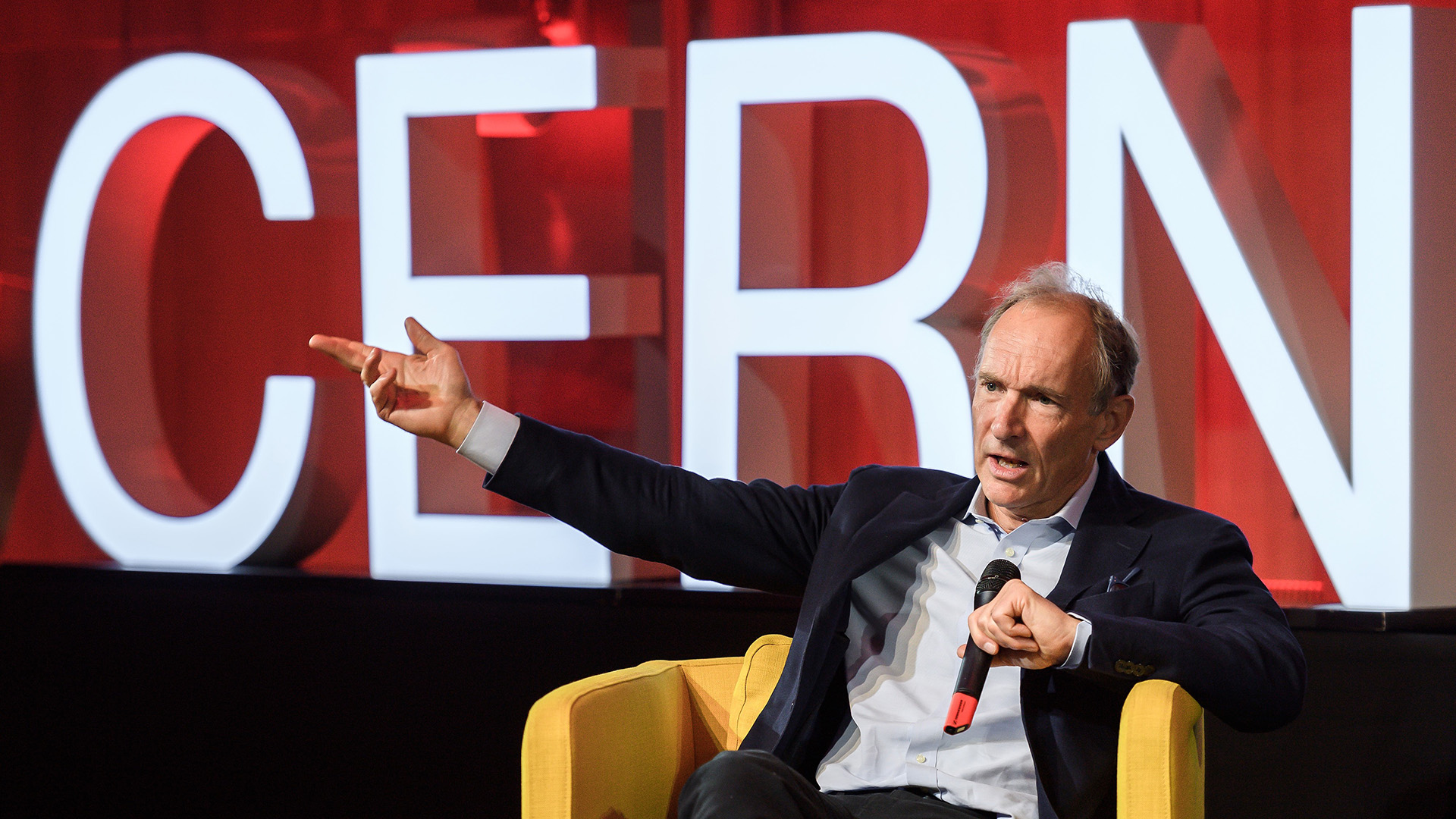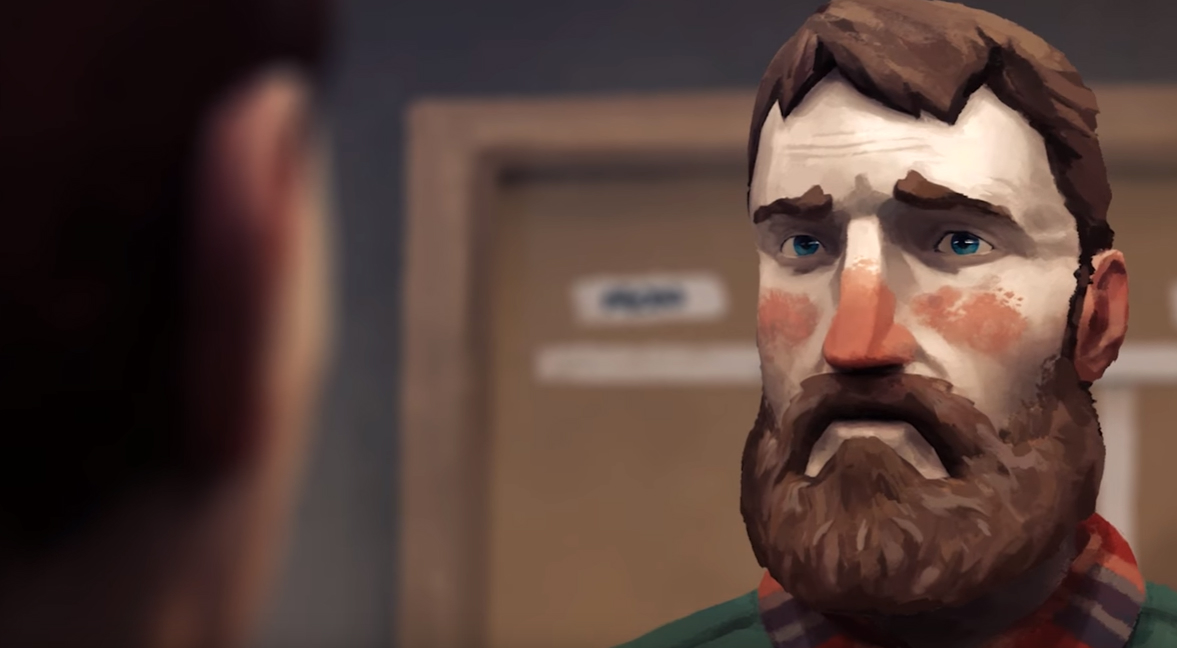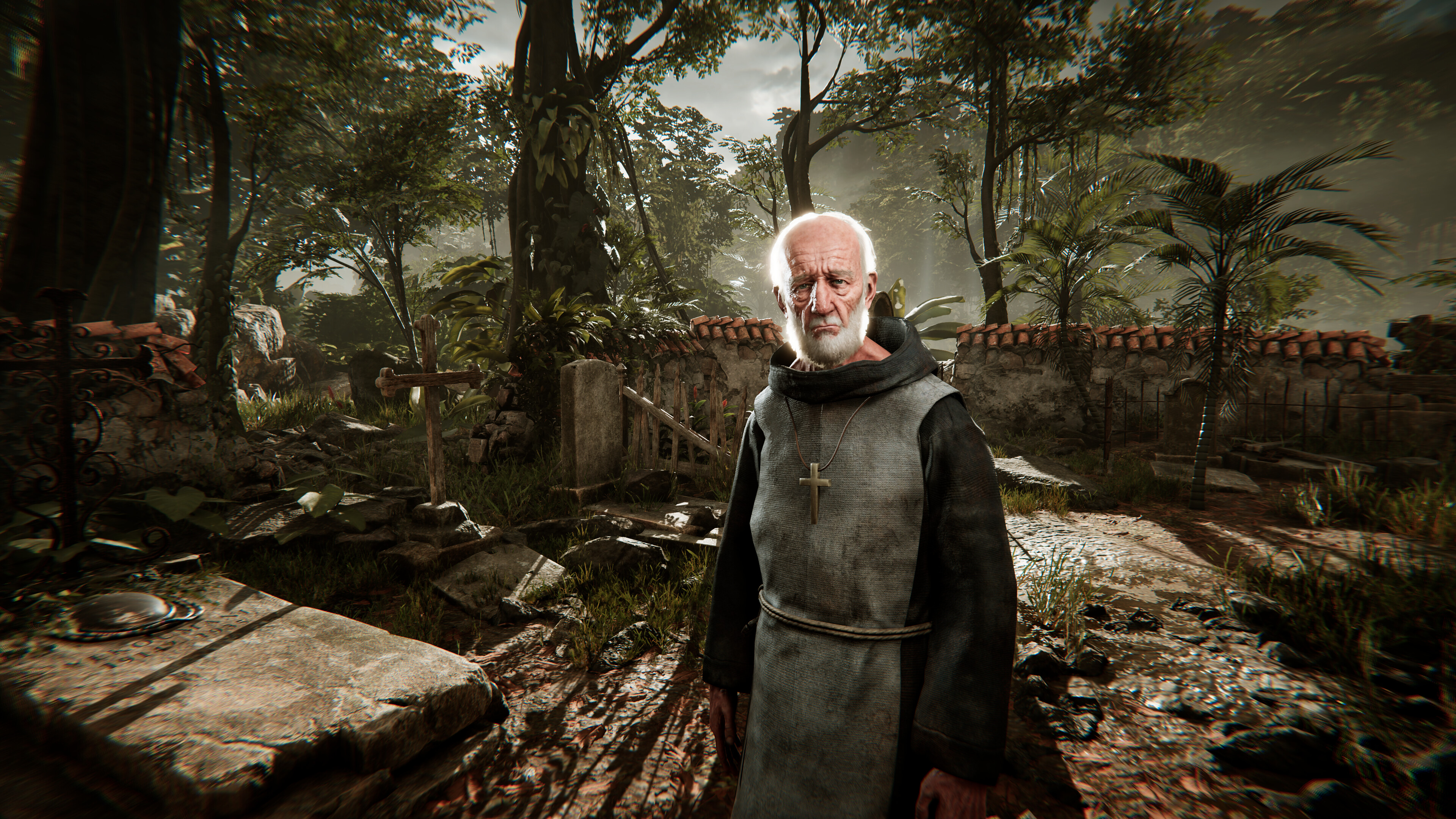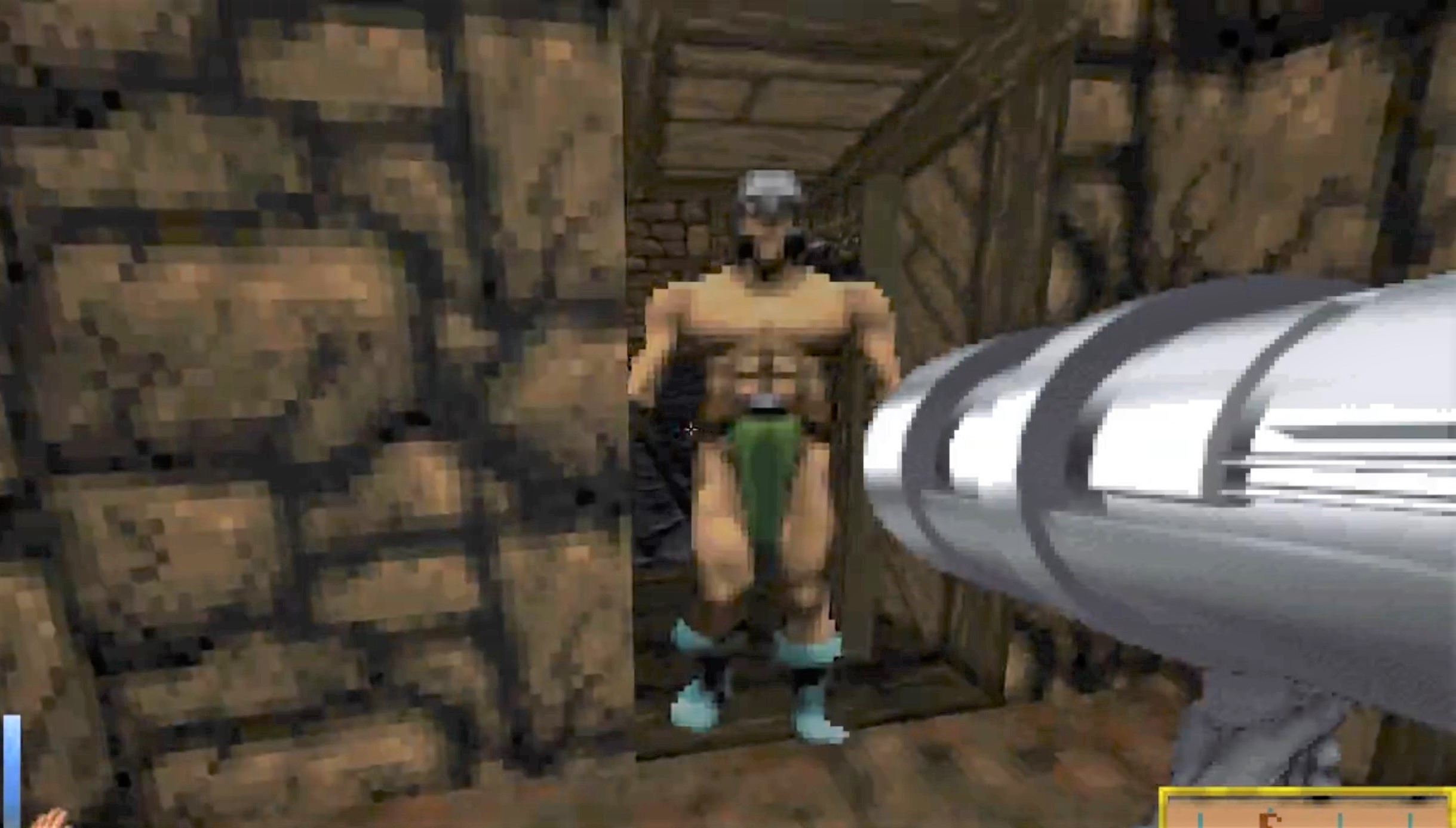
April 30 marked the 30th anniversary of the moment the World Wide Web was handed to humanity, and look how far it's come.
On April 30, 1993, CERN released the World Wide Web to the planet, free-of-charge.
The “collaborative information system” was used by the scientists at CERN, the European Organisation for Nuclear Research, to communicate without delay across countries and continents, but deciding this tool was too useful to keep to themselves, the boffins over at CERN handed out the concept and code for everyone to use.
CERN wrote a letter on April 30 titled “Statement concerning CERN W3 software release into public domain,” (via The Register). It reads:
“The following CERN software is hereby put into the public domain:
W 3 basic (“line-mode”) clientW 3 basic serverW 3 library of common code.
“CERN relinquishes all intellectual property rights to this code, both source and binary form and permission is granted for anyone to use, duplicate, modify, and redistribute it.”
There’s a great interview with Walter Hoogland, former CERN director of research and co-signatory of the public domain release for the web, over on the CERN website.
CERN actually went back and decided to keep the copyright for the World Wide Web for itself in later revisions of the web licence, choosing to instead release it under open source. It remains completely free and open to use.
The actual design of the World Wide Web came from scientist Sir Tim Berners-Lee in 1989, who nowadays is an advocate for ownership of personal data online. The idea for the web at the time was to help CERN share information across different, often incompatible, software and hardware, and from vastly different points around the world. He wrote a program called ENQUIRE for this purpose in 1980, but it wouldn’t be until he returned to CERN later in the same decade that he’d combine the principles of ENQUIRE with the internet to kick off the World Wide Web.
(Image credit: Future)
Best gaming monitor: Pixel-perfect panels for your PC
Best high refresh rate monitor: Screaming quick screens
Best 4K monitor for gaming: When only high-res will do
Best 4K TV for gaming: Big-screen 4K PC gaming
You can read Berners-Lee’s World Wide Web proposal from May 1990, and his and colleague Robert Cailliau’s formal proposal later that year, which outline key concepts such as underlined text “links” that would take you to another page, and “browser” software with which to view it.
Once CERN opened this technology to the world in 1993, it wouldn’t be long for it to gain some serious traction. Even later that same year, there were over 500 known web servers. By the end of 1994, there were over 10,000 with 10 million users.
And thus the internet as we know it was born. And henceforth filled with all sorts of weird and wonderful things. Mostly weird. It’d be a while before top-quality PC content would be uploaded to the World Wide Web via PC Gamer, and even longer before yours truly would be doing said uploading (I was one at the time of its release to the public), but it’s tough to imagine what the world would be like without the World Wide Web’s release.






